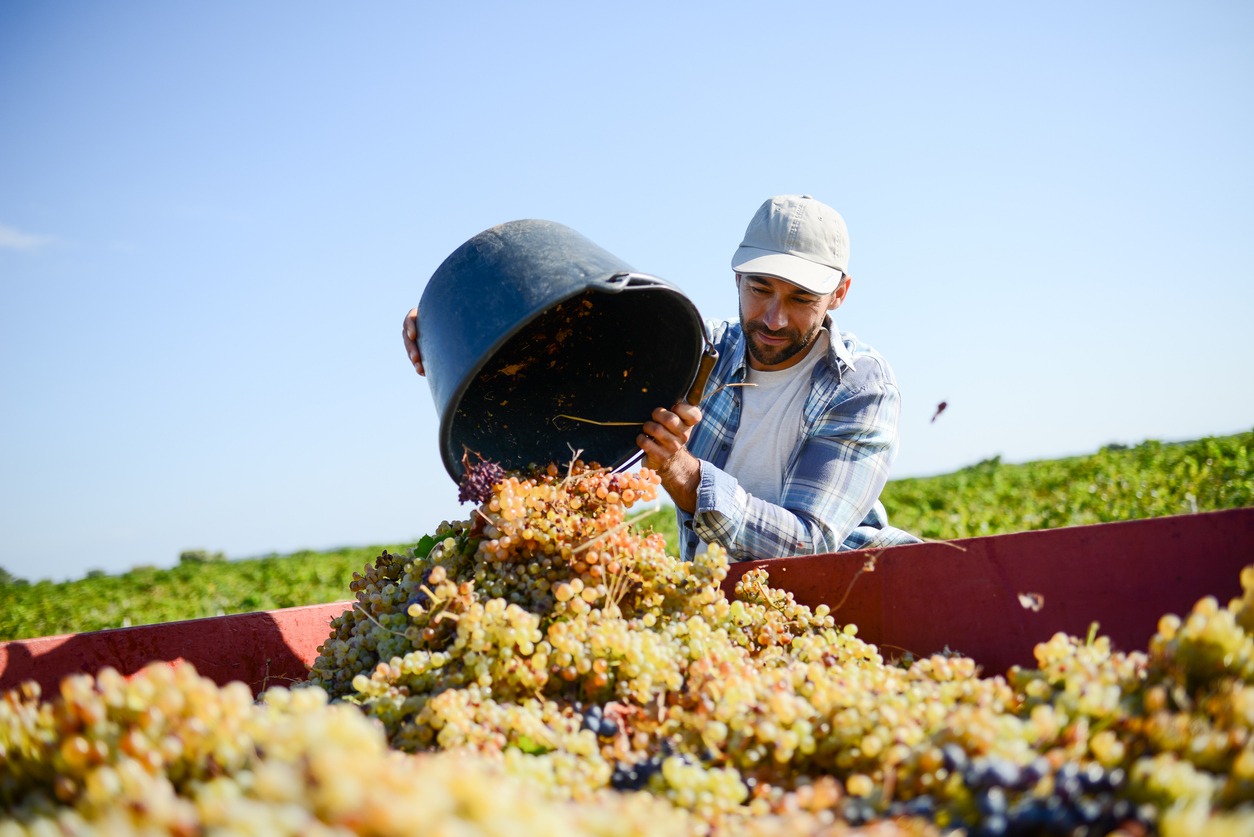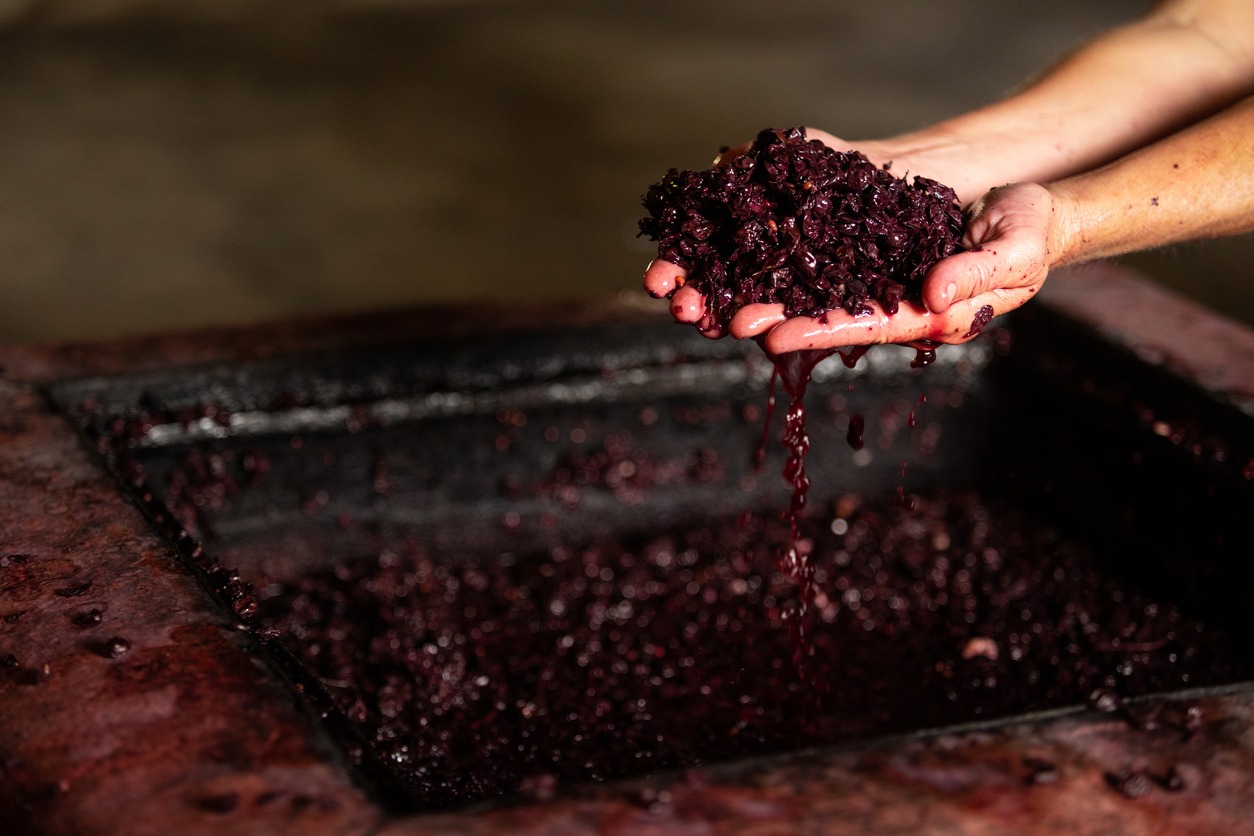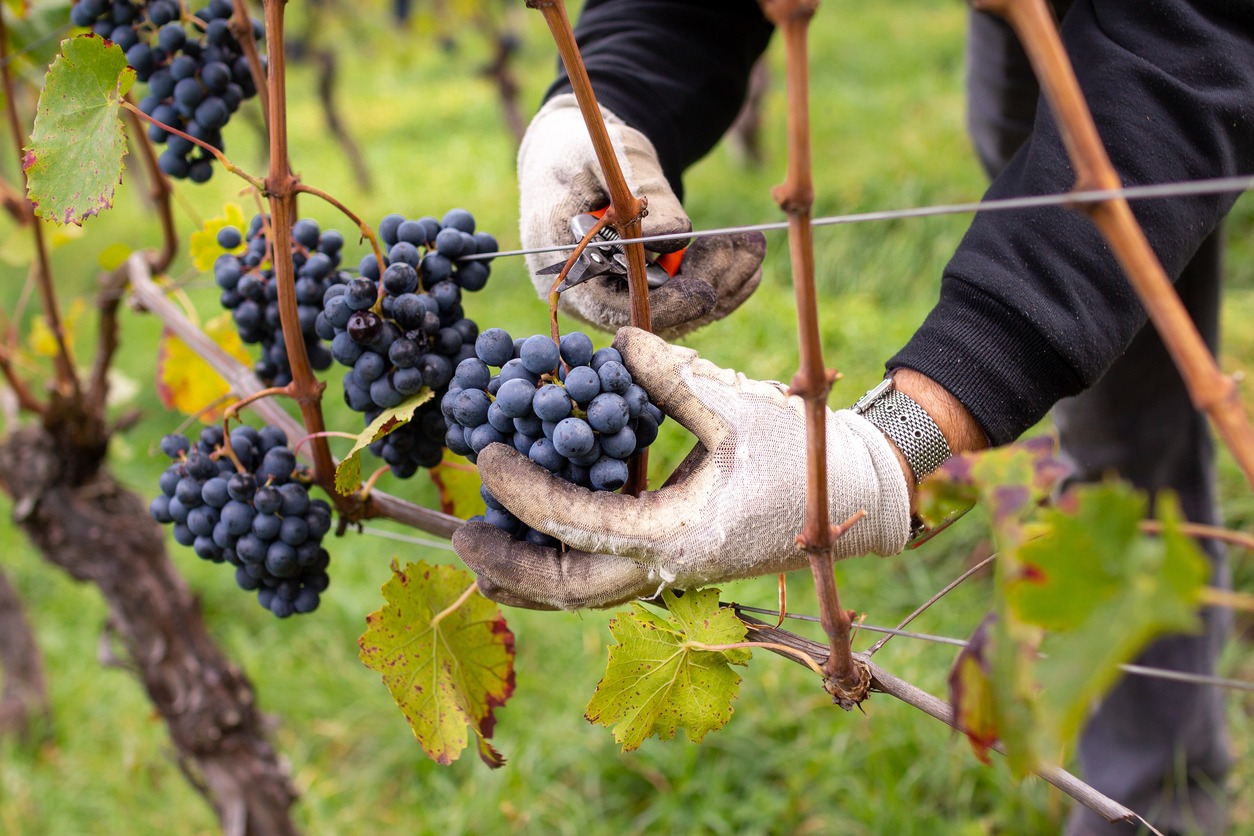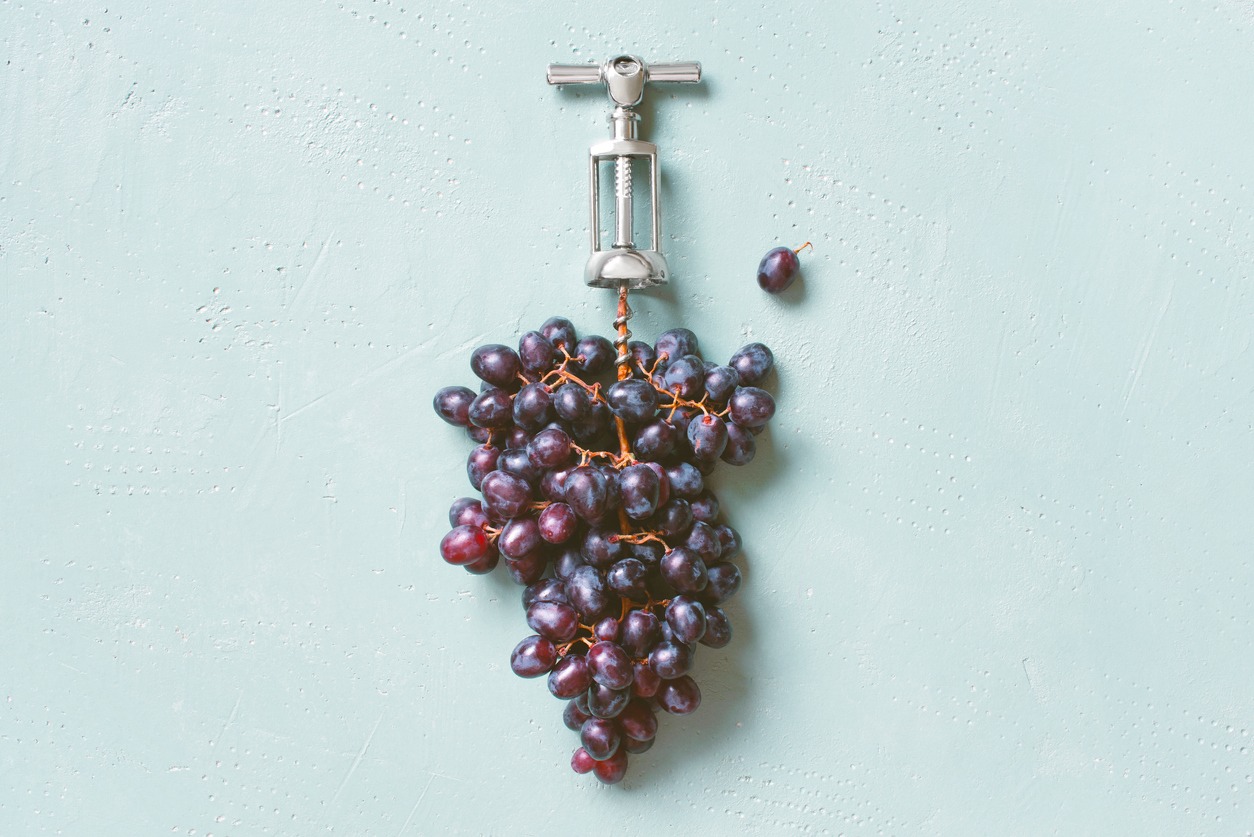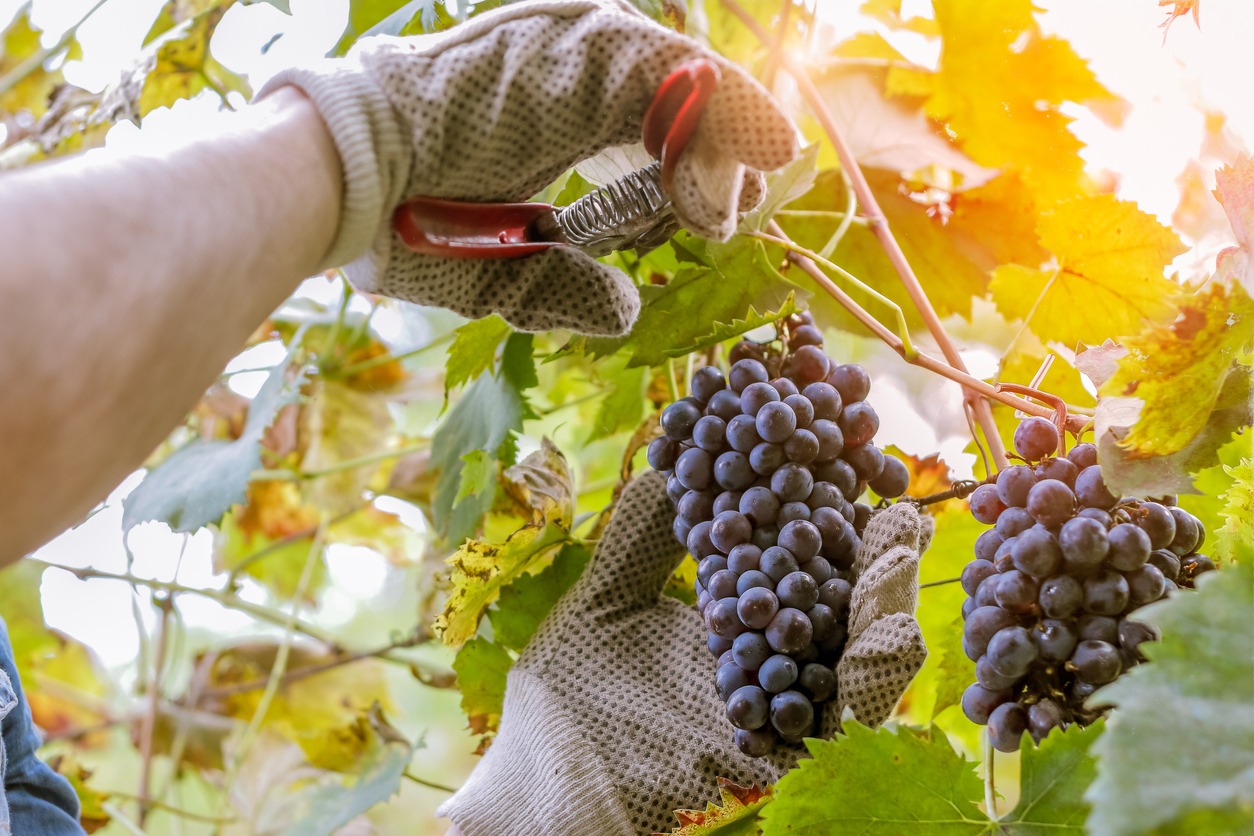Wine lovers often revel in the complexity of flavors, the richness of history, and the art of wine tasting. But behind every bottle of your favorite Merlot or Chardonnay lies a fundamental question rarely pondered: how many grapes does it actually take to make a single bottle of wine? This seemingly simple inquiry unravels a story that intertwines nature’s bounty with human craftsmanship, and the answer might surprise you.
From the sun-drenched vineyards to the meticulous winemakers, every bottle of wine starts with a cluster of humble grapes. But the journey these grapes undergo before they transform into the elegant liquid in your glass is both fascinating and complex. Join us as we delve into the vineyards to uncover the secrets of wine’s most essential ingredient and discover just how many grapes are needed to create the wines we cherish.
Understanding the Basics of Wine Production
Wine production is an intricate dance of science and art rooted in traditions that date back thousands of years. At its core, the process is about converting the natural sugars in grapes into alcohol, but there’s so much more that contributes to the tapestry of flavors, aromas, and textures we experience in each glass of wine.
The Harvest: A Race Against Time
The journey begins in the vineyards with the harvest, a critical moment where timing is everything. Grapes must be picked at precisely the right moment when their sugar levels, acidity, and tannins align perfectly to produce the desired style of wine. This decision varies from region to region and from one grape variety to another. For instance, grapes for sparkling wines are often harvested earlier than those for rich, full-bodied reds.
Crushing and Pressing: Extracting the Juice
Once harvested, the grapes are transported to the winery, where they are crushed. This process breaks the skins, releasing the juice (or must) in preparation for fermentation. White wines are typically pressed immediately to separate the juice from the skins, seeds, and stems, preventing unwanted tannins and color from leaching into the wine. Red wines, however, are fermented along with these components, which contribute to their color, structure, and complexity.
Fermentation: The Alchemy of Wine
Fermentation is where the magic happens. Yeasts, either natural or added, consume the sugars in the grape juice, converting them into alcohol and carbon dioxide. This process can last anywhere from a few days to a few weeks, and it’s during this time that a wine’s primary flavors develop. Temperature control is crucial here; cooler temperatures favor the production of crisp, fresh white wines, while warmer temperatures are ideal for robust reds.
Aging and Maturation: Developing Character
Post-fermentation, wines may undergo aging, either in stainless steel tanks, which preserve their fresh fruit characteristics, or in oak barrels, which impart additional flavors (like vanilla, toast, or spice) and influence the wine’s texture. The aging process can vary greatly, from a few months for light, fruity wines to several years for more complex, structured varieties.
Bottling: The Final Step
Finally, the wine is bottled, sometimes after blending with other batches, to achieve the winemaker’s desired flavor profile. The type of closure (cork, screwcap, or other) can also impact the wine’s development over time.
Each of these steps offers winemakers choices and opportunities to influence the final product. From the selection of grape varieties to the minutiae of fermentation and aging, winemaking is a blend of precision, intuition, and a deep respect for the grapes and the land they come from. This understanding of the basics of wine production sets the stage for exploring the key question: how many grapes go into the making of a single bottle?
Factors Affecting the Grape-to-Wine Ratio
When considering how many grapes are needed to produce a bottle of wine, it’s essential to understand that this number is not fixed. Instead, it varies widely due to several key factors:
Vineyard Conditions
- Climate: The climate of a vineyard plays a pivotal role. Cooler climates often yield less grape mass per vine, as the growing season is shorter, whereas warmer regions can produce more bountiful harvests.
- Soil Quality: The soil’s composition affects the vine’s health and grape yield. Nutrient-rich soils might produce more grapes, but often at the cost of flavor concentration.
- Vine Age: Older vines typically produce fewer but higher-quality grapes. Younger vines might be more productive, but their grapes often lack the complexity older vines offer.
Grape Variety
Each grape variety has its own characteristics and yields. For example, some varieties like Zinfandel produce large clusters of grapes, potentially leading to more wine per vine compared to varieties with smaller clusters like Pinot Noir. The skin-to-pulp ratio in different grapes also influences the volume of wine produced, especially in red wines, where the skins are crucial for color and tannins. There are indeed many different grape varieties out there. Some of them are even rare, just like Pignolo grapes. If you are curious about this, read our article, What is Pignolo, the Ghost Grape?
Winemaking Techniques
- Extraction Methods: Techniques like cold soaking or extended maceration (for red wines) can extract more color and flavor from the grapes, potentially affecting how much grape material is needed.
- Pressing Efficiency: Modern pressing techniques are more efficient, extracting more juice from the same number of grapes compared to traditional methods.
Desired Wine Style
The style of wine being produced greatly influences the grape-to-wine ratio. For instance, a winemaker aiming for a rich, full-bodied red wine might use more grapes to achieve higher concentration and depth of flavor compared to a light, crisp white wine.
Yield Management
Winemakers often regulate vineyard yields deliberately. Lower yields generally mean more concentrated flavors in the grapes, as the vine’s resources are distributed among fewer grapes, but this also means fewer grapes are available for wine production.
Natural Factors
Weather conditions during the growing season, such as frost, hail, or drought, can significantly impact the quantity of harvestable grapes.
Economic and Market Considerations
Sometimes, the decision about how many grapes to grow and use is influenced by market demand and economic factors. Wineries might adjust their production strategies based on the current market trends and economic feasibility.
Understanding these factors helps in comprehending why the grape-to-wine ratio is not a static figure and can vary significantly even within the same vineyard from year to year. This variability is part of what makes each bottle of wine unique and is a testament to the adaptive and responsive nature of winemaking.
The Numbers: From Grapes to Bottle
Delving into the specifics, the number of grapes needed for a single bottle of wine is both intriguing and variable. To appreciate this, it’s essential to understand some key metrics and how they translate from vineyard to your wine glass.
Average Weight of Grapes for a Standard Bottle
A standard bottle of wine is 750ml, and on average, it takes about 1.2 to 1.5 kilograms (2.6 to 3.3 pounds) of grapes to fill it. This is a general estimate and can fluctuate based on the factors previously discussed.
Grape -to-Wine Conversion in Numbers
As a rule of thumb, one vine produces about 4 to 6 bottles of wine. However, this can vary greatly. For example, in a good year, a vine in a productive vineyard might yield enough grapes for up to 10 bottles, whereas, in a vineyard practicing strict yield management for higher quality, this might be as low as 2 or 3 bottles per vine.
Varietal Differences
Different grape varieties yield different amounts of juice, which affects the number of grapes needed. For instance, some grape varieties, such as Syrah or Grenache, have thicker skins and less juice, whereas others, like Riesling or Sauvignon Blanc, are juicier.
Red wines typically require more grapes than white wines, partly due to the winemaking process where skins are left in contact with the juice for color extraction, requiring more grapes to achieve the desired depth and intensity.
The Bigger Picture
It’s fascinating to consider that a single vineyard, depending on its size, could produce thousands of bottles of wine, yet the contribution of each vine is relatively modest. Additionally, the global perspective is staggering: with millions of acres of vineyards worldwide, the sheer number of grapes transformed into wine each year is astronomical.
While there’s a rough average of grapes needed for a bottle of wine, the exact number is a moving target, influenced by a myriad of factors ranging from the type of grape to the winemaking process and the vineyard’s location. This variability is not just a challenge for winemakers but also a part of the charm and uniqueness of each bottle of wine. Understanding these numbers helps wine enthusiasts appreciate the effort and resources that go into producing their favorite wines.
The Role of Grape Quality Over Quantity
In the world of winemaking, the age-old adage “quality over quantity” holds significant truth. While the quantity of grapes per bottle is an interesting metric, the quality of those grapes is the true determinant of a wine’s character and excellence. Let’s explore why grape quality reigns supreme in the winemaking process.
- Flavor Concentration and Complexity: High-quality grapes express the unique characteristics of their terroir – the complete natural environment in which they are grown, including factors like soil, topography, and climate. Quality grapes often have more concentrated flavors. This concentration is a result of various factors, including vine age, yield management, and vineyard practices. Older vines, for instance, produce fewer grapes, but the resulting wine is typically richer in flavor and complexity.
- Impact on Winemaking Decisions: Superior quality grapes require less intervention in the winery. When the raw material is excellent, winemakers often choose to let the grapes’ natural characteristics shine through rather than relying on winemaking techniques to enhance or correct the flavors. Quality grapes provide winemakers with more options to create diverse styles of wine, from light and zesty whites to deep, complex reds.
- Sustainability and Longevity: Quality-focused vineyards often employ sustainable practices, understanding that healthy vines and ecosystems produce the best grapes. These practices include organic farming, biodynamic principles, and reduced use of chemicals. Wines made from high-quality grapes typically have a greater potential for aging. The balance of acids, sugars, and tannins in these grapes contributes to a wine’s longevity, allowing it to develop and improve over time. You can read our article, What are Natural Wines? And What are Their Benefits?, to know more about the natural process of making wines without the use of chemicals.
- Economic Factors: There’s a strong correlation between grape quality and the market value of wine. Consumers are generally willing to pay more for wines known to be made from high-quality grapes. Wineries focusing on quality over quantity often build a stronger reputation, leading to brand loyalty and sustained demand in a competitive market.
- Challenges in Achieving Quality: Factors like adverse weather conditions, pest infestations, or disease can impact grape quality, often beyond the control of the vineyard. Winemakers must constantly balance the quest for quality with economic viability, adapting their strategies to changing conditions each year.
While the number of grapes per bottle is a fascinating metric, it is the quality of these grapes that truly defines a wine. This emphasis on quality underscores the winemaker’s artistry and the intricate relationship between the vineyard and the final product. A bottle of wine, therefore, is not just a reflection of the grapes used but a testament to the care, knowledge, and passion invested in nurturing those grapes from vine to bottle.
Conclusion
Making a bottle of wine is more than just counting grapes. We’ve seen that many factors, like the type of grape, the winemaking process, and even the vineyard’s location, play a part in how much wine a bunch of grapes can make. While it’s fun to think about the numbers, remember that the real magic of wine lies in the quality of the grapes and the skill of the winemaker. Every bottle of wine is a unique blend of nature and craftsmanship, turning simple grapes into the drinks we enjoy.
